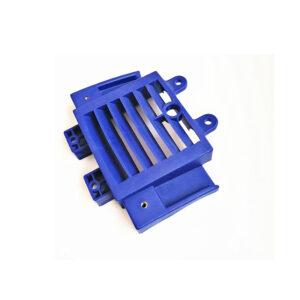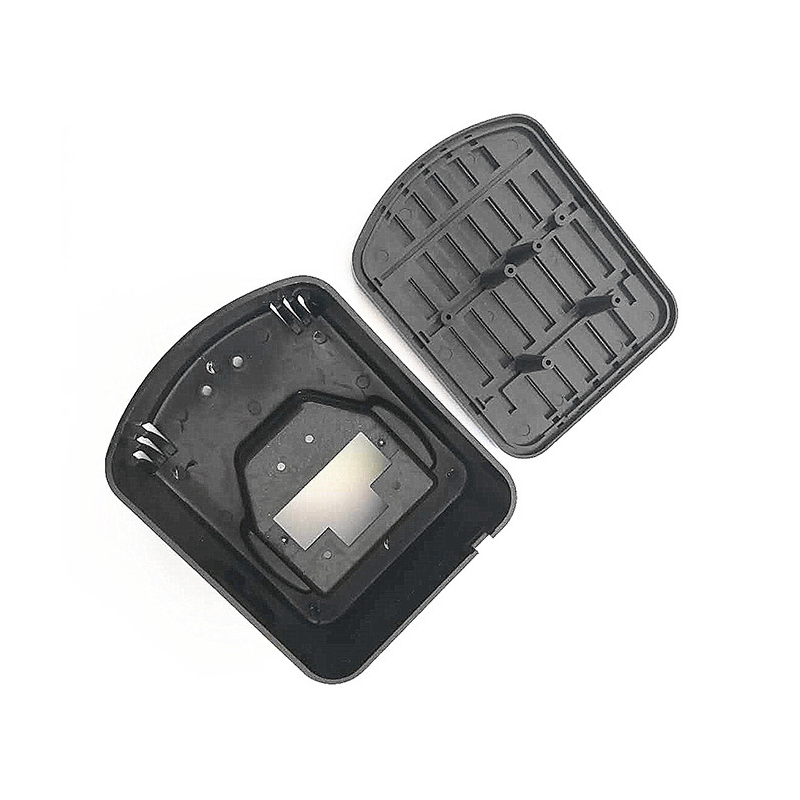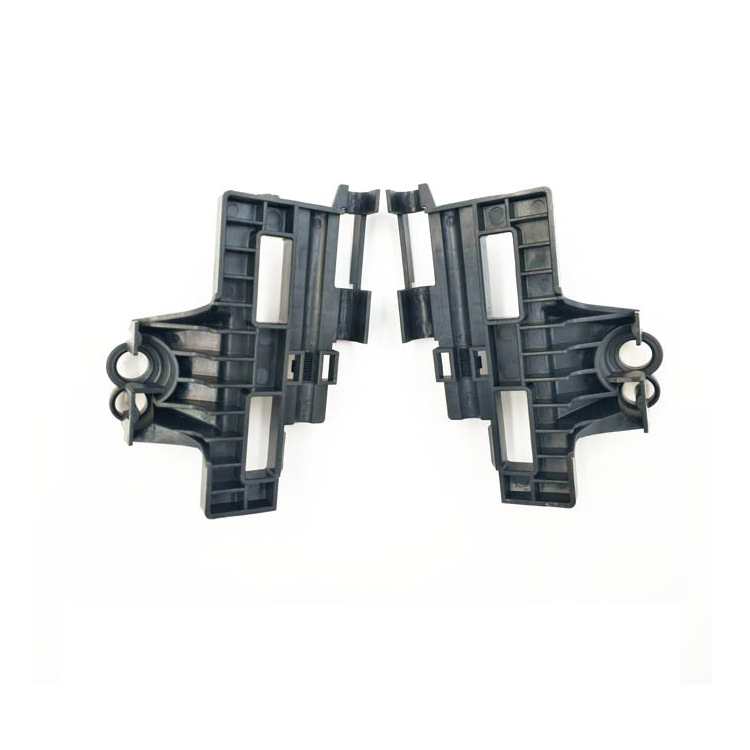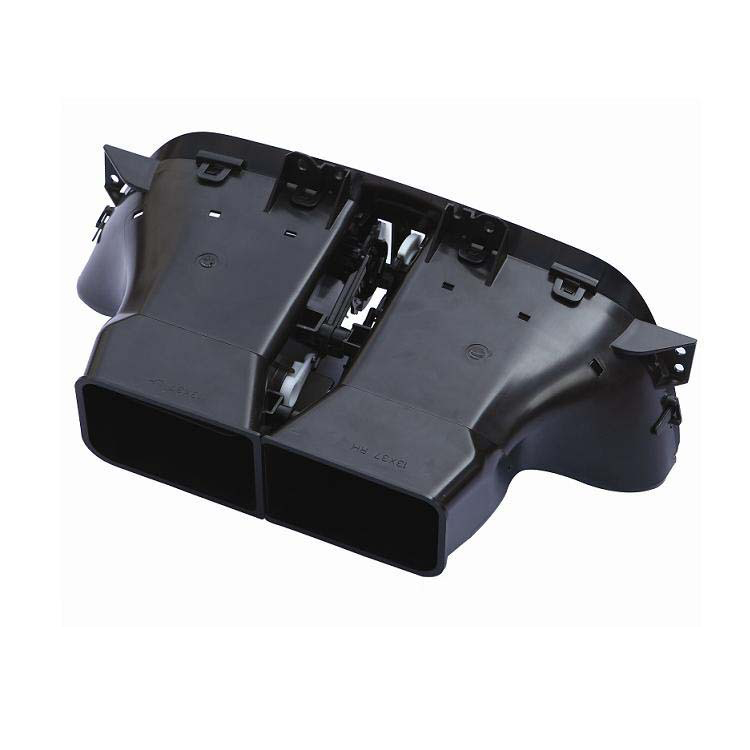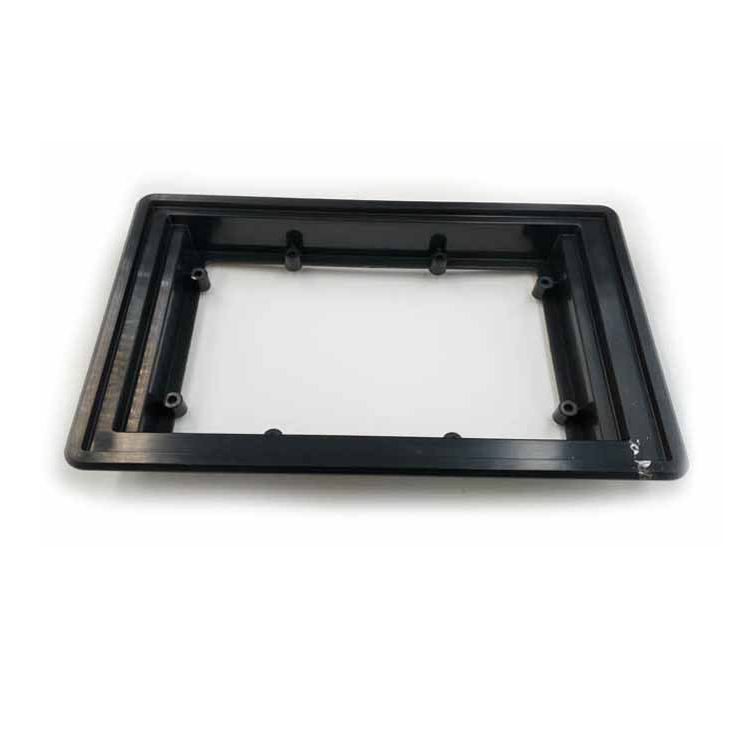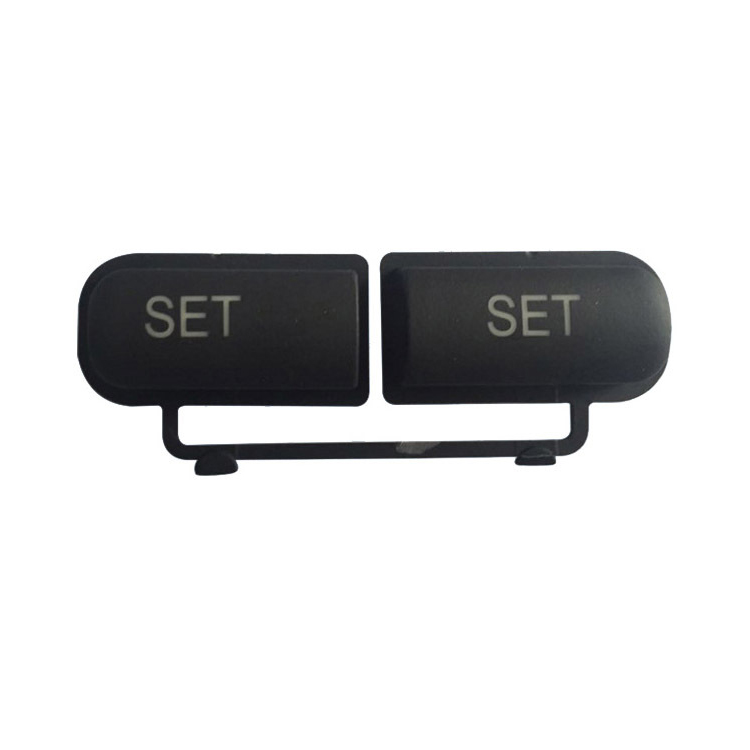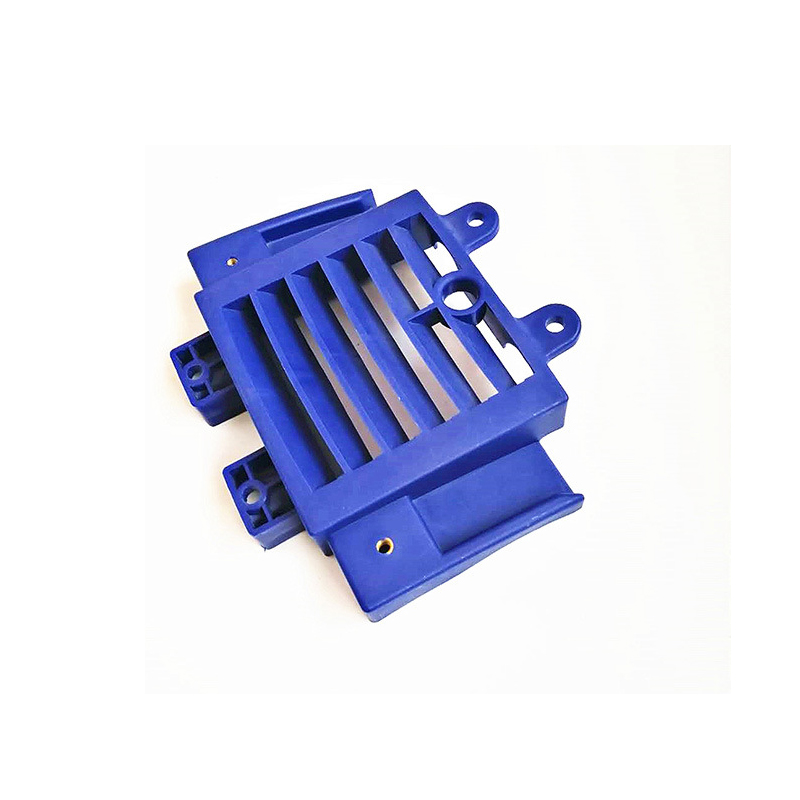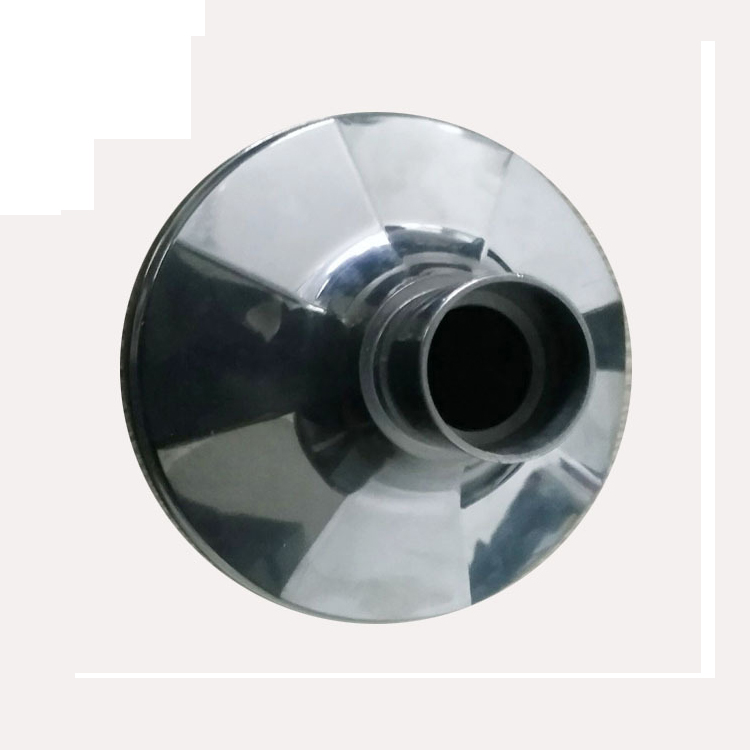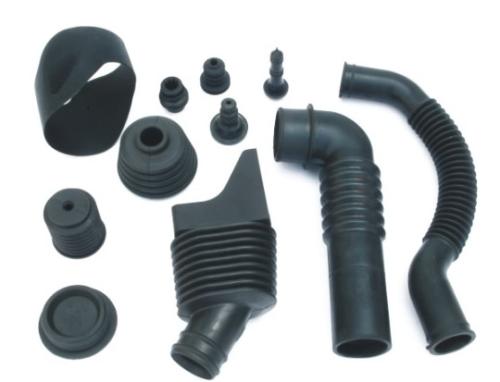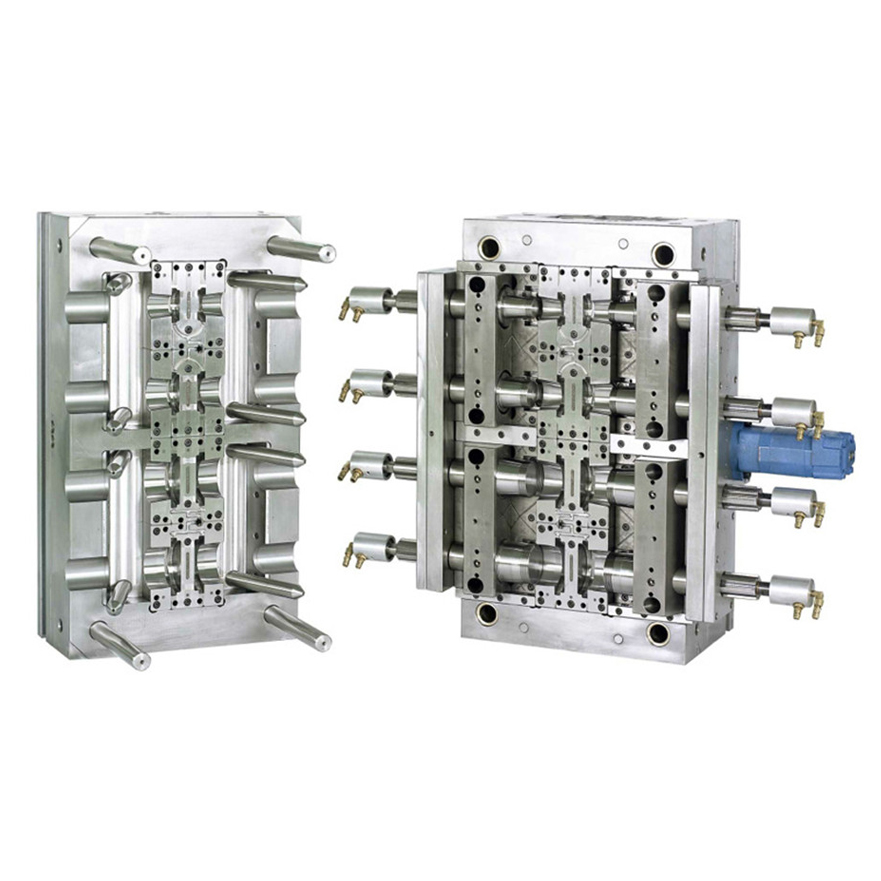What Is Plastic Injection Molding?
Injection molding is a manufacturing process used to make plastic parts. Plastic injection molding can be used for anything from manufacturing a few prototype parts up to running millions of an identical part. Plastic injection molding is ideal for making large quantities of the same part or related parts. WAHI provides custom plastic injection molding for customers worldwide.
What is Plastic Injection Molding Used For?
Plastic injection molding has almost unlimited manufacturing possibilities. Examples of plastic injection molding can be found in a variety of industries including consumer electronics, car parts, medical devices, tools, toys, and packaging. Post-processing applications can be used to achieve the desired finish or texture. Plastic injection molding is an economical way to mass-produce the same or similar plastic parts.
The Basics of Plastic Injection Molding
Plastic injection molding is the process of making plastic parts using molten plastic and a metal mold. Special plastic resins, known as thermoplastics, are melted and then forced into the metal mold. Molds can be made of steel, aluminum, or beryllium-copper alloy. The molten plastic fills the cavity inside the mold. The part is removed from the injection mold after the plastic has cooled and re-solidified. This manufacturing process is done with specialized injection molding machines called presses. These injection-molding machines must be able to do several key processes at the same time. First, the thermoplastic is melted and then pushed under pressure into the metal mold. The injection-molding machine must be able to hold the mold closed while it is being filled. The machine uses a clamping mechanism to keep the molds closed by applying the appropriate amount of pressure to the outside of the mold. This pressure is called clamping tonnage or clamping force. The clamp is released once the part has cooled. The part is removed from the mold and the process starts over.
 Low Cost: WAHI has its own injection molding equipment and mold manufacturing department, which reduces costs and sets it apart from competitors with distinctive pricing.
Low Cost: WAHI has its own injection molding equipment and mold manufacturing department, which reduces costs and sets it apart from competitors with distinctive pricing. High Quality:Our process quality systems ensure that your parts are the highest quality possible for your application.
High Quality:Our process quality systems ensure that your parts are the highest quality possible for your application.
 Quick Turnaround: WAHI offers three different shipping methods, including next day air, to accommodate any timing and budget requirements.
Quick Turnaround: WAHI offers three different shipping methods, including next day air, to accommodate any timing and budget requirements.
 Online Quotes: WAHI offers an interactive, online quotation system that provides INSTANT quotes for plastic injection molding, CNC machining, and urethane casting.
Online Quotes: WAHI offers an interactive, online quotation system that provides INSTANT quotes for plastic injection molding, CNC machining, and urethane casting.
| Technology | Materials | Lead Time |
|---|---|---|
| Injection Molding | Most Common: ABS, PC, PE, PP
Other Supported Materials: HDPE, LDPE, Nylon (PA 6, PA 11, PA 12, PA 66), PC/ABS, PEEK, PEI, PET, PMMA/Acrylic, POM (Acetal/Delrin), PS, PSU, PU, TPE, TPU, TPV Additives and Fibers: Colorants, flame retardants, glass fibers, plasticizers, UV absorbers |
T1 Samples: As little as two weeks
Post-T1 Approval: As little as one week for orders of <10,000 parts |

